Free shipping order over 20,000
Senegal Parrot
₨ 106,250 Original price was: ₨ 106,250.₨ 85,000Current price is: ₨ 85,000.
- Scientific Name:
Poicephalus senegalusSize:
Approximately 23 cm (9 inches) in length.Weight:
Around 120 to 170 grams (4.2 to 6 ounces).Color:
- Body: The Senegal Parrot has a primarily green body with a yellow or orange vest-like patch on its belly.
- Head: The head is gray, contrasting with the green body.
- Wings and Tail: The wings and tail are green, with the tail being more olive-green.
- Beak:
Dark gray to black, strong and curved.
Eyes:
Yellow to orange, with a dark pupil.Legs and Feet:
Gray, with zygodactyl toes for effective climbing and grasping.
Important Keys:
Habitat
Distribution:
Senegal Parrots are native to West Africa, particularly in countries like Senegal, Mali, and Guinea.
Environment:
They inhabit savannas, open woodlands, and forests. In captivity, they require a spacious cage with plenty of toys and perches for mental and physical stimulation.
Diet
Primary Food:
In the wild, they feed on seeds, fruits, nuts, and berries. They are particularly fond of millet and maize.
Captivity Diet:
In captivity, they should be provided with a balanced diet of high-quality pellets, fresh fruits, vegetables, and occasional seeds. Fresh water should always be available.
Feeding Behavior:
Senegal Parrots are active foragers and enjoy exploring their food. They use their strong beaks to crack open seeds and nuts.
Breeding
Breeding Season:
In the wild, their breeding season generally occurs during the dry season, varying by region.
Nest Location:
They nest in tree cavities. In captivity, a nest box with appropriate bedding is essential.
Egg Quantity:
Clutches typically consist of 3 to 4 eggs.
Incubation Period:
The incubation period lasts about 25 to 28 days.
Fledging:
Chicks fledge approximately 9 to 11 weeks after hatching.
Lifespan
In the Wild:
Senegal Parrots can live up to 25 to 30 years in their natural habitat.
In Captivity:
With proper care, they can live up to 30 to 40 years.
Behavior
Temperament:
Senegal Parrots are known for their playful and affectionate nature. They are intelligent and enjoy interacting with their caregivers. They can be quite charming but may also exhibit a bit of stubbornness.
Social Interaction:
They bond closely with their caregivers and require social interaction and mental stimulation. They enjoy playing with toys, learning tricks, and being handled.
Vocalization:
Senegal Parrots are relatively quiet compared to other parrot species. They can mimic sounds and some speech, but their vocalizations are generally soft and pleasant.
| color | blue, grey, green, violet, white, yellow |
|---|
Related Products
-
-11%
Albino Shaft Tail
₨ 22,500Original price was: ₨ 22,500.₨ 20,000Current price is: ₨ 20,000. -
-25%
Silver Gouldian Finch
₨ 24,000Original price was: ₨ 24,000.₨ 18,000Current price is: ₨ 18,000. -
-20%
Red Eyes Bengalese
₨ 3,750Original price was: ₨ 3,750.₨ 3,000Current price is: ₨ 3,000. -
-20%
Zebra Dove
₨ 18,750Original price was: ₨ 18,750.₨ 15,000Current price is: ₨ 15,000. -
-40%
Red Pied Dove
₨ 10,000Original price was: ₨ 10,000.₨ 6,000Current price is: ₨ 6,000. -
-20%
Crested Dove
₨ 43,750Original price was: ₨ 43,750.₨ 35,000Current price is: ₨ 35,000. -
-20%
Cape Dove
₨ 37,500Original price was: ₨ 37,500.₨ 30,000Current price is: ₨ 30,000.
Sign Up for Exclusive Birds Care Tips and Offers from Phool Panchi
© 2024 Phool Panchi | Developed By v3Studio
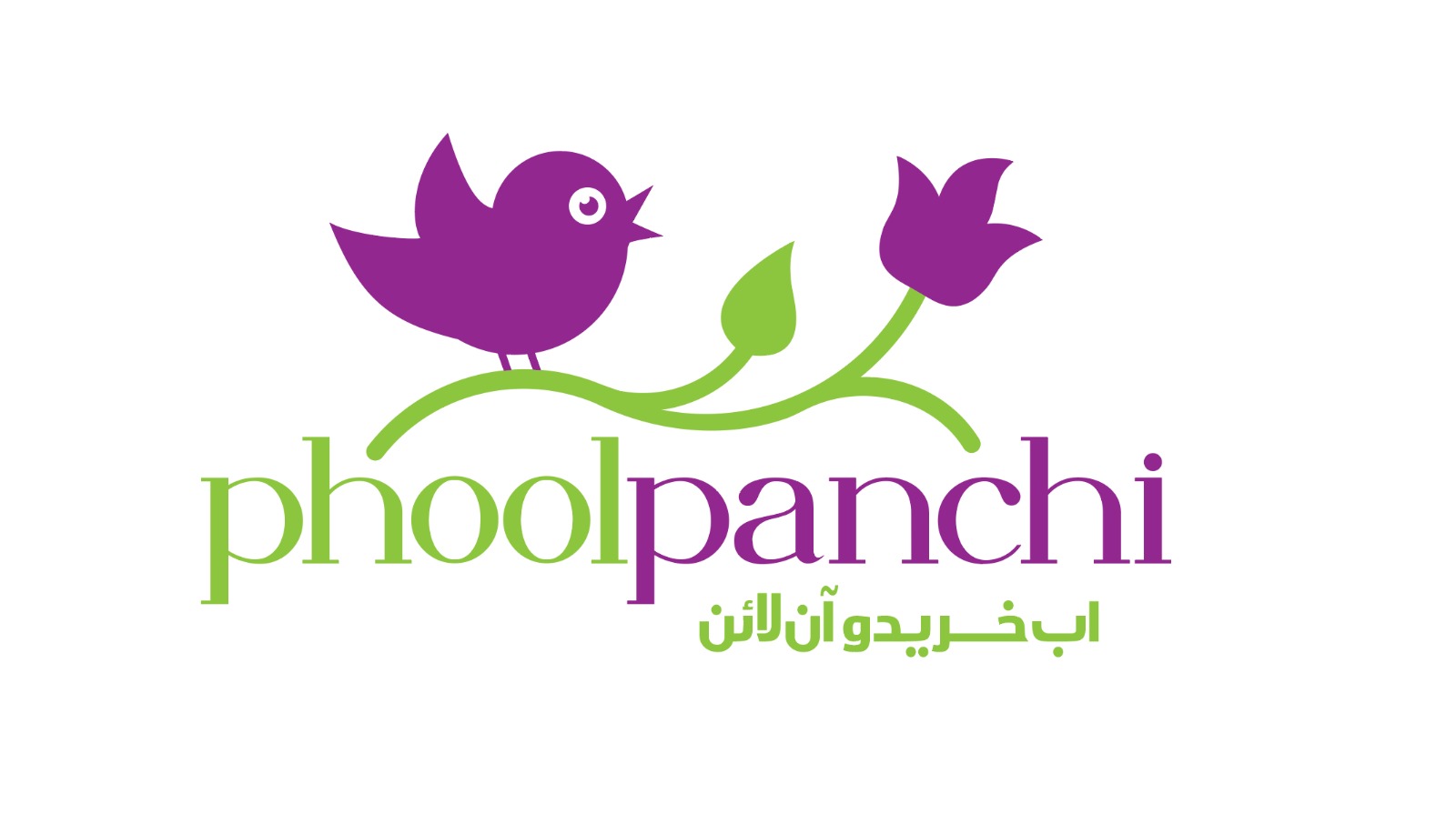
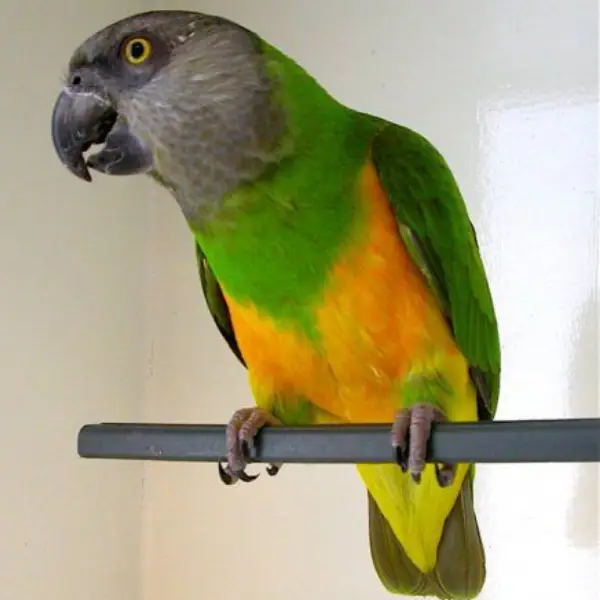





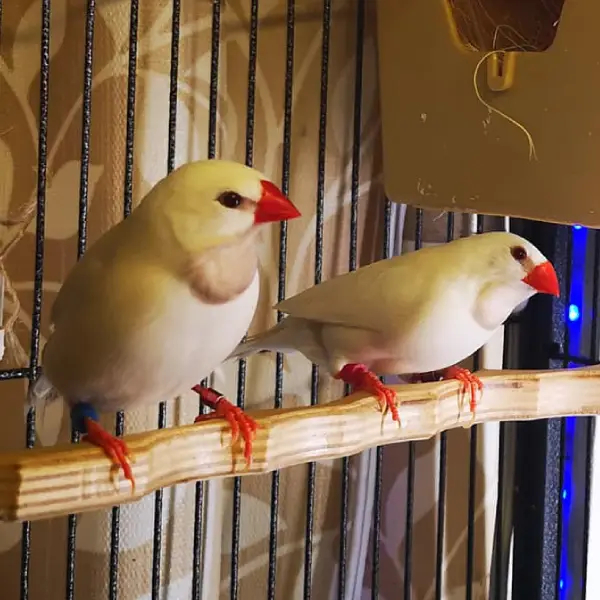
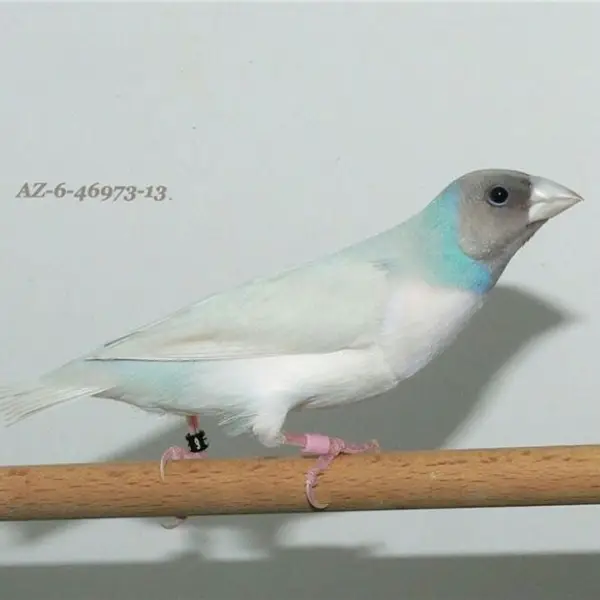
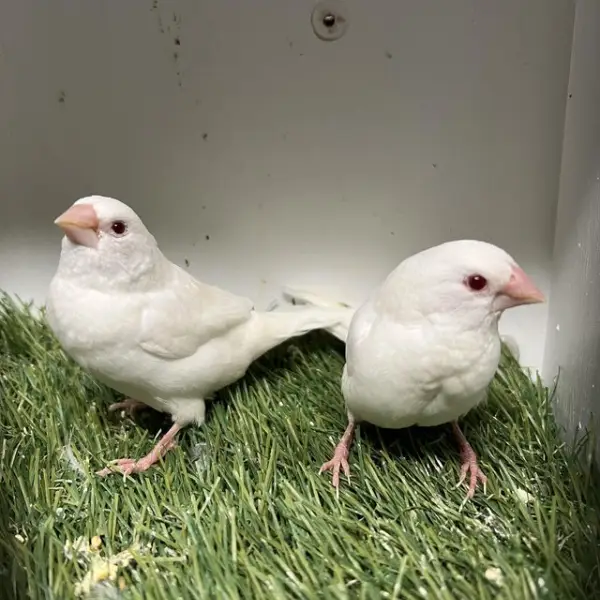
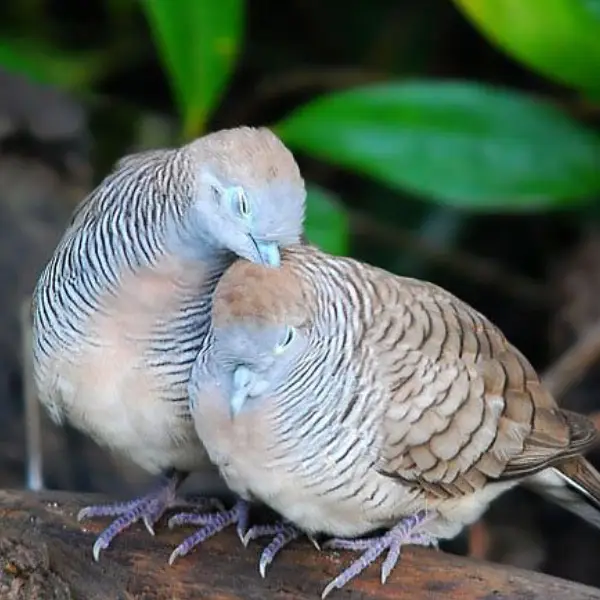
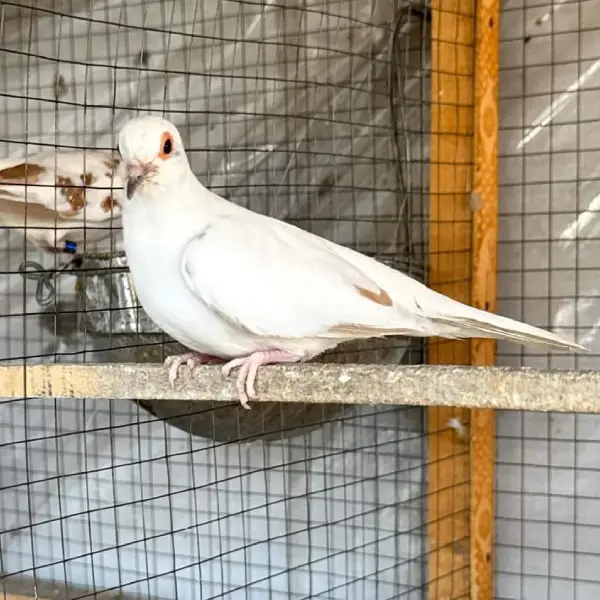
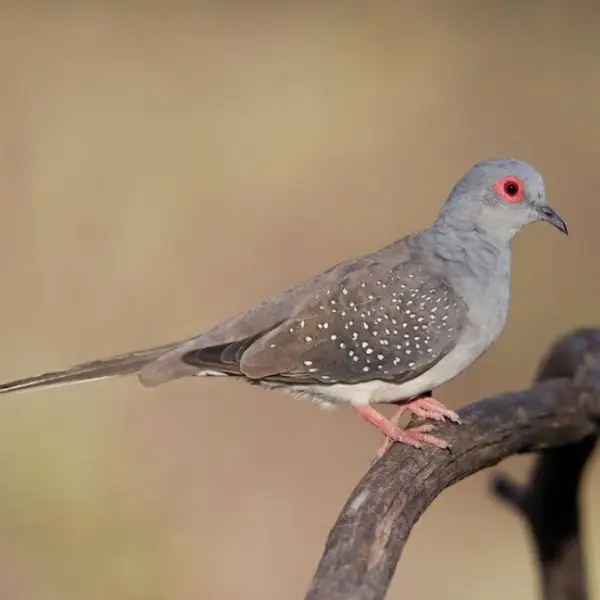
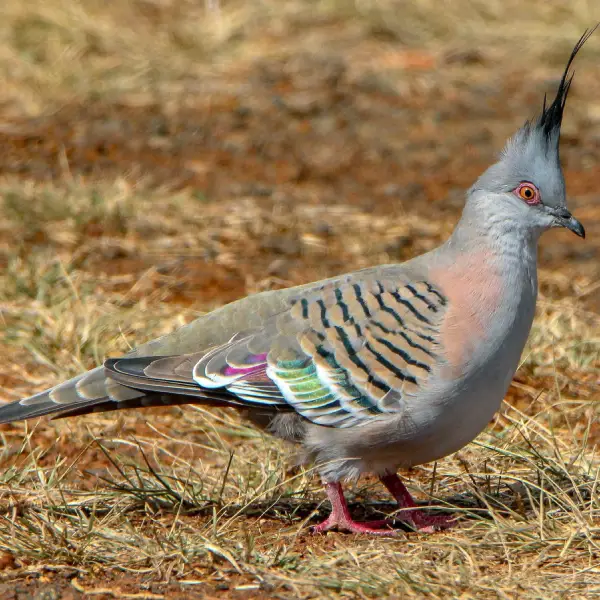

Reviews
There are no reviews yet.